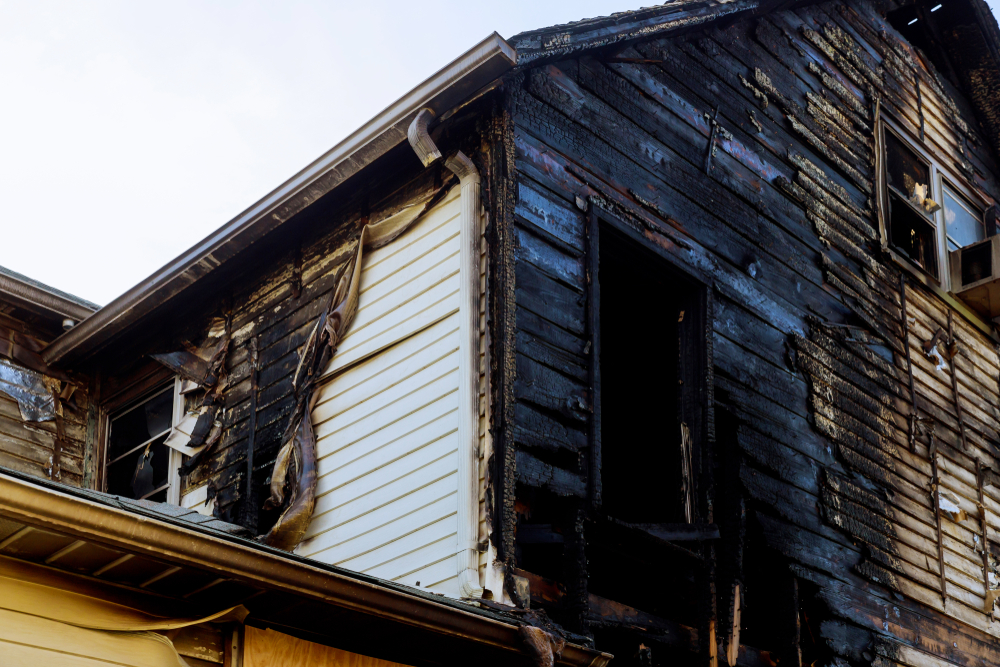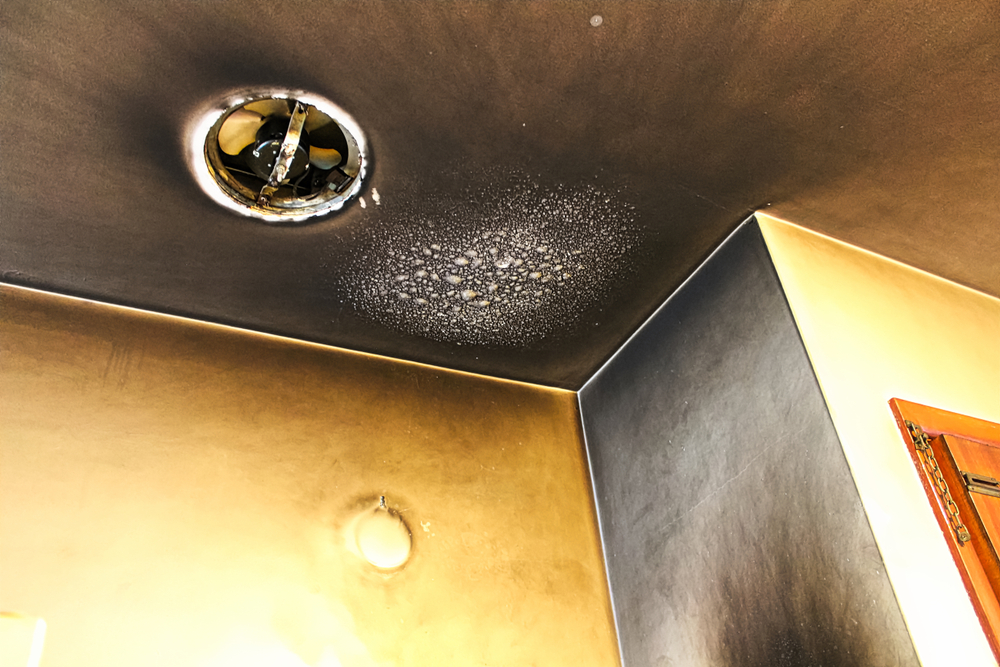Many folks in Philadelphia like the special appeal of older homes. Rich history and exquisite architecture help them to communicate a past story. Owning an older house does, however, also provide unique difficulties—particularly related to fire safety. Many of these houses have obsolete heating systems, antiquated electrical systems, and conventional building materials that increase added hazards. Here on this blog article, we will offer doable suggestions and guidance on how to prevent fire damage in older Philadelphia homes. We will go over typical fire risks, basic preventative steps, and the value of consulting experts. These guidelines will help you to safeguard your house, keep your family safe, and maintain the charm of your historical property.
Background
Imagine owning a lovely old Philadelphia mansion. It feels like a gem from another era with the great ceilings, traditional woodwork, and historical accents. Along with the appeal, though, there might be hidden hazards. Many older homes were constructed prior to current fire safety codes being adopted. They might thus have antiquated heating systems, faulty electrical cabling, and architectural techniques that increase their fire vulnerability.
If the correct safety precautions are absent from an older house, even a minor fire can spread rapidly. Homeowners should thus be aware of the particular difficulties and act to avoid harm from fire. This blog post will go over the typical fire threats present in older Philadelphia homes, provide some basic advice to lower these hazards, and talk about how professional assistance might make your house safer. Let’s get going.
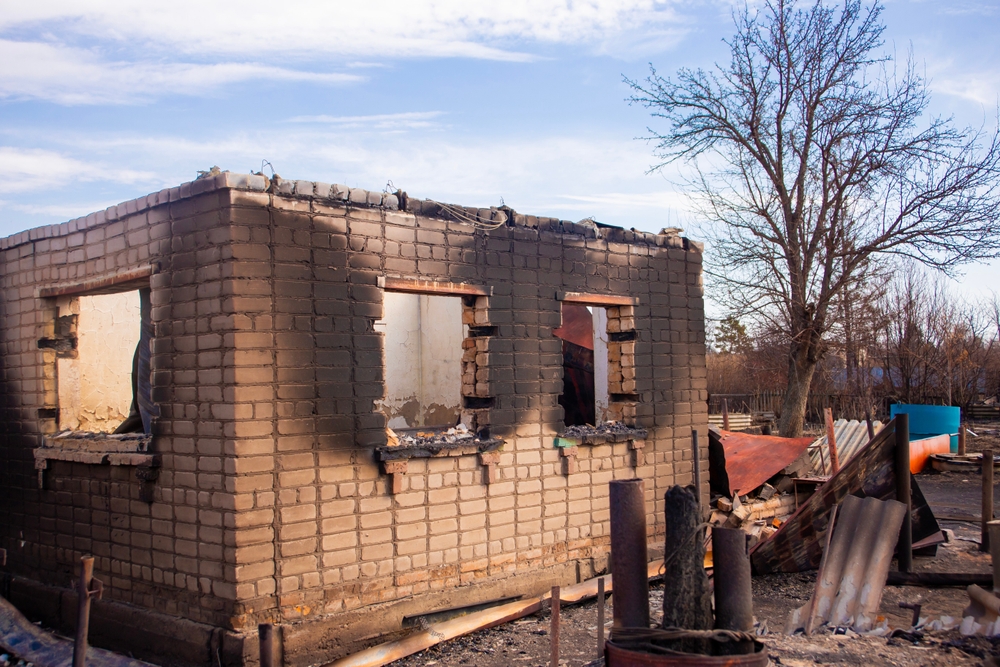
Understanding the Unique Fire Hazards of Older Philadelphia Homes
Older homes have numerous character-filled elements, but they also present issues that newer homes typically avoid. Here are some main risks you ought to be aware of:
A. Electrical Systems
-
Knob-and-Tube Wiring:
Many older homes still incorporate knob-and-tube wiring. Common in the early 1900s, this kind of wiring has not been upgraded since. The insulation on these wires can deteriorate with time. The cables so become a fire hazard. Search your house for evidence of old-fashioned sockets or frayed wiring. -
Outdated Wiring and Overloaded Circuits:
Older homes’ electrical systems were not intended to meet current demands of today, so outdated wiring and overloaded circuits were common. Perhaps you run many more appliances than the original wiring was designed to handle. Overloaded circuits and even short circuits—which could spark a fire—may follow from this. -
Ungrounded Outlets:
Modern houses use grounded outlets to lower the fire risk and shield you from electrical shock. Many older houses lack these secure outlets, so electrical equipment can be more harmful.
B. Heating Systems
-
Chimney and Fireplace Hazards:
Old fireplaces and chimneys are sometimes not kept as they should be. Inside chimneys, a sticky material called creosote—which results from burning wood—can gather. Ignorance of creosote may cause it to catch fire and let flames engulf your house. Additionally harmful are cracks in chimneys or inadequate ventilation. -
Older Furnaces and Boilers:
Many older homes still depend on furnaces or boilers put in place decades ago. If improperly maintained, these systems might develop gas leaks or other failures. Early on detection of these problems depends on regular inspections. -
Oil-Based Heating Concerns:
Some antique residences still have oil-based heating systems. Given its extreme flammability, a leak or spill of oil can quickly ignite. Look for leaks or damage in your oil heater always.
C. Building Materials
-
Older, Dried-Out Wood:
Older homes’ wood may get quite dry over time, increasing flammability. Easily igniting dry wood can make a little fire spread rapidly. -
Lack of Modern Fire-Resistant Materials:
Many older homes were constructed before contemporary fire-resistant materials were readily available. These days, homes frequently feature windows, insulation, and fire-resistant drywall. Older homes run more danger during a fire without these. -
Balloon Framing:
Certain older homes employ a technique known as balloon framing for construction. Because there are few fire stops than in contemporary building, this method can let fire pass fast over the walls.
D. Lack of Modern Safety Features
-
Absence of Interconnected Smoke Detectors:
Modern safety codes call for linked smoke detectors that, should one detect smoke, notify the entire house. Older homes could have only one smoke detector, which might not be sufficient to alert everyone in time. -
Limited Access for Modern Fire Suppression Systems:
Many older properties make it challenging to install sprinklers, a modern fire suppression system. This implies that should a fire break out, it might spread more quickly before under control might be possible. -
Older Homes and Building Codes:
Older homes were constructed prior to the present construction codes in use. This might mean that many of the safety precautions we consider now could be absent or antiquated.
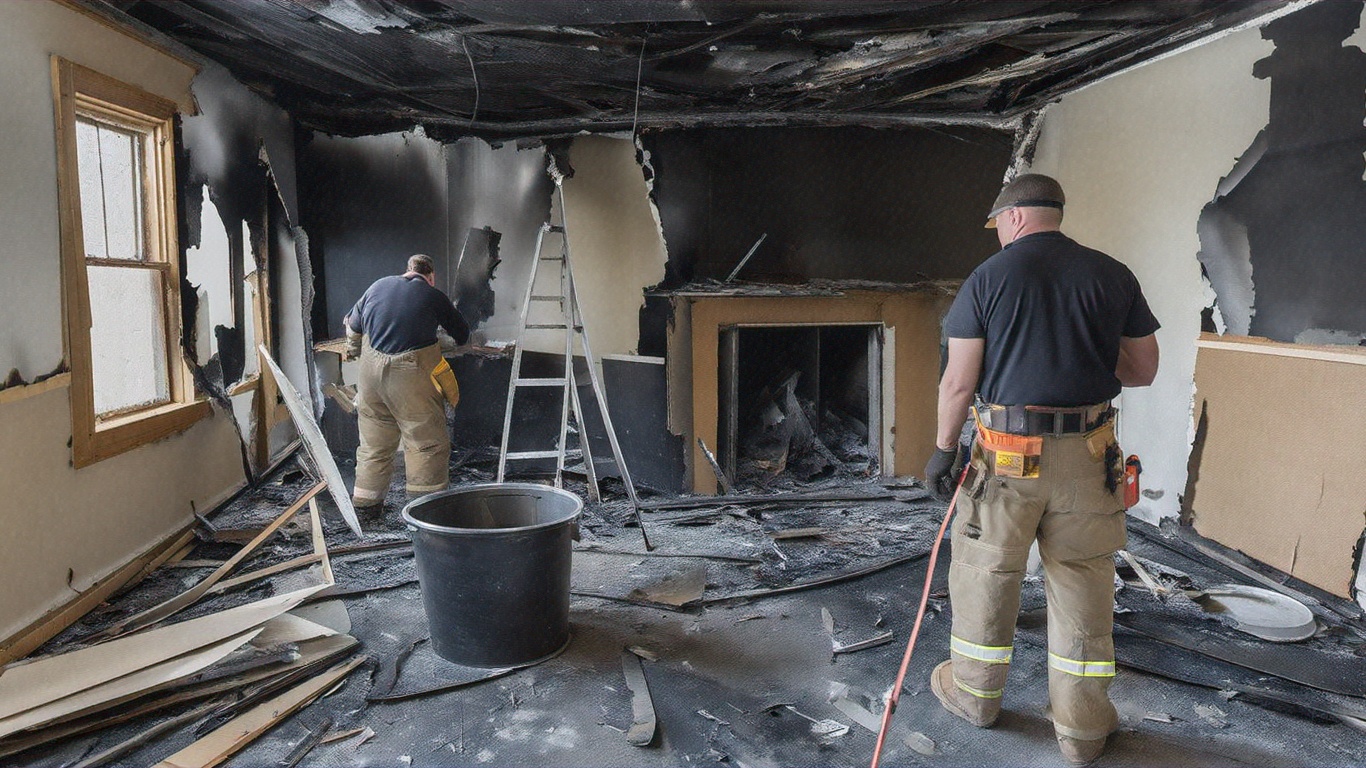
Essential Fire Prevention Measures
Given the hazards currently known, here are some doable actions to help older Philadelphia homes avoid fire damage:
A. Electrical System Upgrades
-
Inspect and Replace Knob-and-Tube Wiring:
If knob-and- tube wiring still used in your house, think about having a qualified electrician check it. Reducing fire danger mostly depends on upgrading to modern wiring. -
Upgrade Electrical Panels and Circuits:
Update your electrical panel and circuits if you have to satisfy the current consumption of today. More devices may be safely handled on a modern panel, which also lowers the likelihood of overloaded circuits. -
Install GFCI Outlets:
Install ground fault circuit interrupters (GFCIs), which offer additional protection particularly in bathrooms and kitchens. They can lower fire hazards and aid to minimize electrical shocks.
B. Heating System Maintenance
-
Schedule Annual Chimney Inspections and Cleanings:
At least once year, get your chimney and fireplace inspected and cleaned. This maintains system safety and helps clear creosote accumulation. -
Inspect and Service Furnaces and Boilers Regularly:
See a professional to routinely inspect and service boilers and furnaces. Regular maintenance helps to find gas leaks or other problems before they become problematic. -
Install Carbon Monoxide Detectors:
Install carbon monoxide detectors; malfunctioning heating systems can produce this harmful gas. You really should install detectors in sleeping quarters and next to your heater. -
Proper Storage of Combustible Materials:
Store combustible items such newspapers, firewood, and cleaning supplies far from your heating source. This reduces the chance these objects might catch fire on.
C. Smoke Detectors and Fire Extinguishers
-
Install Interconnected Smoke Detectors:
Install connected smoke detectors on every level of your house, both within and outside sleeping quarters, to upgrade it. This guarantees that every alarm will sound should one detector detect smoke. -
Test Smoke Detectors Regularly:
Check your smoke detectors every month to be sure they are operating as they should. Change batteries as necessary, then upgrade detectors every ten years. -
Place Fire Extinguishers in Strategic Locations:
Keep fire extinguishers in the garage, next to the furnace, in the kitchen, and other important areas. Make sure every household member can operate them. -
Educate Household Members:
Teach every person living in your house fire response techniques. Get comfortable with fire extinguishers and draft a simple, easy-to-follow fire escape path.
D. General Home Safety Practices
-
Avoid Overloading Electrical Outlets:
Steer clear of overloading electrical outlets by not running too many devices into one outlet or using too many extension cords. One can get electrical fires from overloaded circuits. -
Never Leave Cooking Unattended:
Many apartment fires originate in the kitchen, hence never leave cooking unattended. Cook always in the kitchen; keep a tight check on your oven and burner. -
Properly Dispose of Flammable Materials:
Keep your house neat and steer clear of storing old newspapers, magazines, or other combustible things next to heat sources. -
Develop and Practice a Fire Escape Plan:
Create and teach your family a Fire Escape Plan so they know what to do should a fire strike. Regular practice of your escape plan will help everyone to quickly and safely flee. -
Keep Hallways and Exits Clear:
Make sure the stairway, hallways, and exits clean of clutter. If there is ever an emergency, this lets one quickly flee. -
Check for Gas Leaks Regularly:
Ask your gas pipes to be checked for any leakage. If not quickly addressed, a gas leak might cause a fire.
E. Insurance and Documentation
-
Review Your Homeowner’s Insurance Policy:
Make sure your policy addresses older house fire damage. See your insurance agent to learn what is covered and whether you require more coverage. -
Document Upgrades and Inspections:
Track all electrical and heating system updates, inspections, and maintenance in your records. Should fire damage arise, this paperwork can support insurance claims. -
Keep Maintenance Records:
Update records for repairs, cleanings, and inspections often. Having a full history indicates that you have kept your house actively maintained.
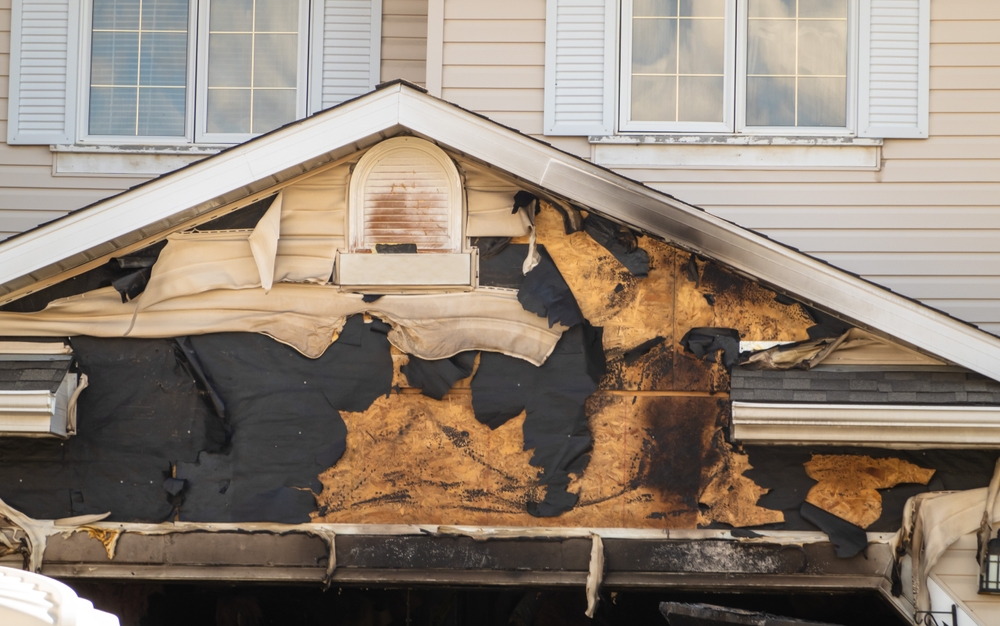
Working with Professionals
Working with specialists is quite crucial even if you follow all the personal safety measures:
-
Hire Licensed Electricians and Plumbers:
For plumbing and electrical work, always call experts. They have the tools and abilities to safely update your systems. -
Chimney Sweeps and Heating Specialists:
See qualified professionals for chimney cleaning and heating system inspections. They can see issues that might not be clear-cut to you. -
Home Fire Safety Assessments:
Professional fire safety assessments are something you might want to have done. Experts can look over your house for hidden hazards and suggest additional enhancements. -
Historical Preservation Experts:
Work with preservationists if you have an older, historical house. They will enable you to modernize your house without sacrificing its historical appeal. -
Get Permits for Upgrades:
Always be sure the required permits for any heating or electrical system update are obtained. This guarantees safe and lawful performance of the work.
Conclusion
Every homeowner should start with preventing fire damage in older Philadelphia houses since it is both wise and required. Understanding the particular fire hazards—such as obsolete heating systems, aged electrical systems, and flammable building materials—you can act to lower risk. Protecting your house can be much improved by upgrading wiring, keeping heating systems running, adding contemporary safety equipment, and adhering to daily fire safety guidelines.
Recall that ensuring safe execution of all improvements and repairs depends on working with professionals. Maintaining the beauty of your historical property while ensuring it is safe for you and your family depends on keeping your insurance records current and doing frequent home fire safety inspections.
Plan an inspection, update your safety measures, and give fire prevention top attention right now. Your house is a priceless part of Philadelphia’s past; preserve it and keep your family secure. See the Philadelphia Fire Department website, your insurance company, or local fire safety professionals for further details. Stay careful and appreciate your gorgeous, old house!
Philadelphia Restoration Services
https://www.google.com/maps?cid=3399342399556699153
+1 267 668 0013
https://philadelphiarestorationservices.com/

